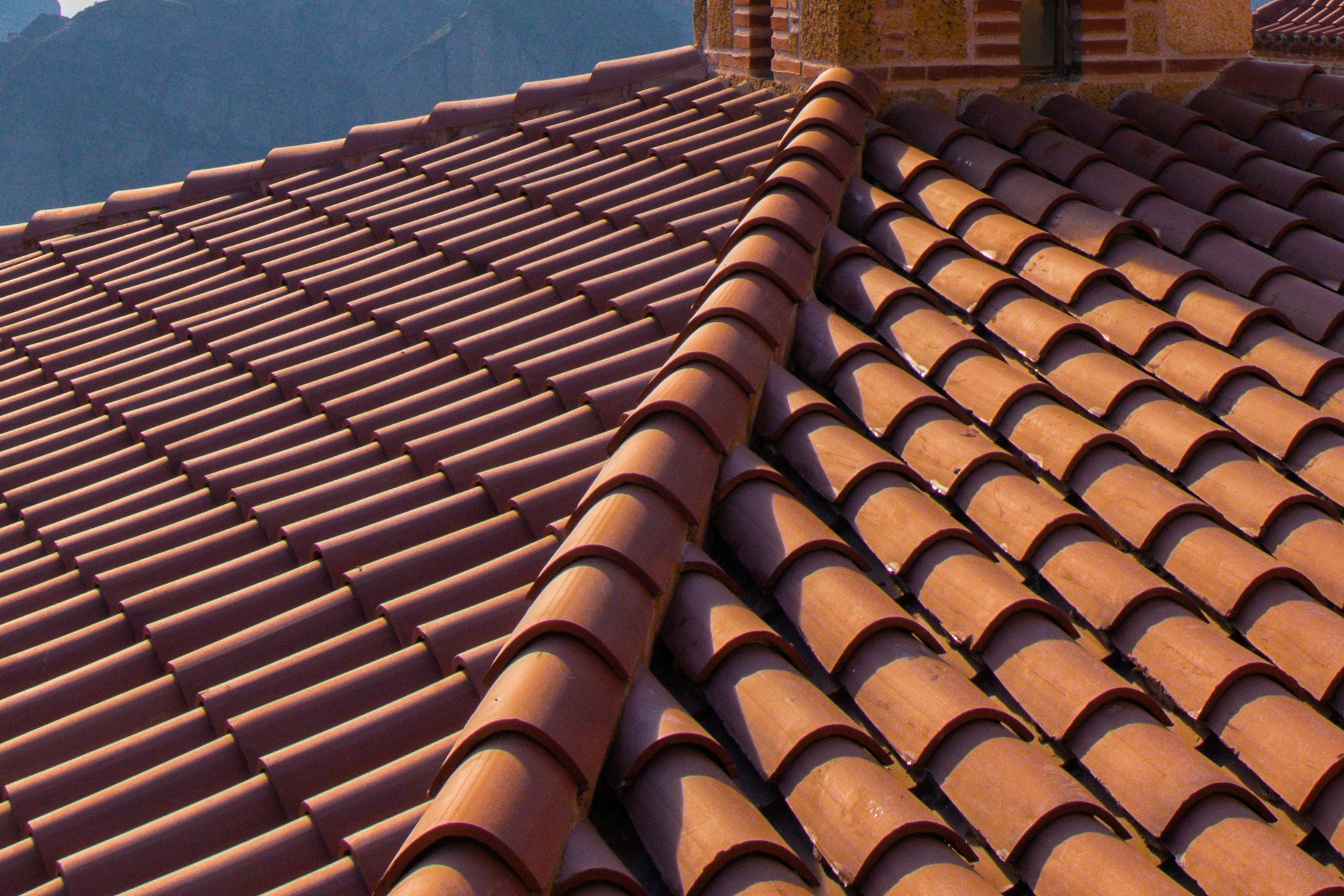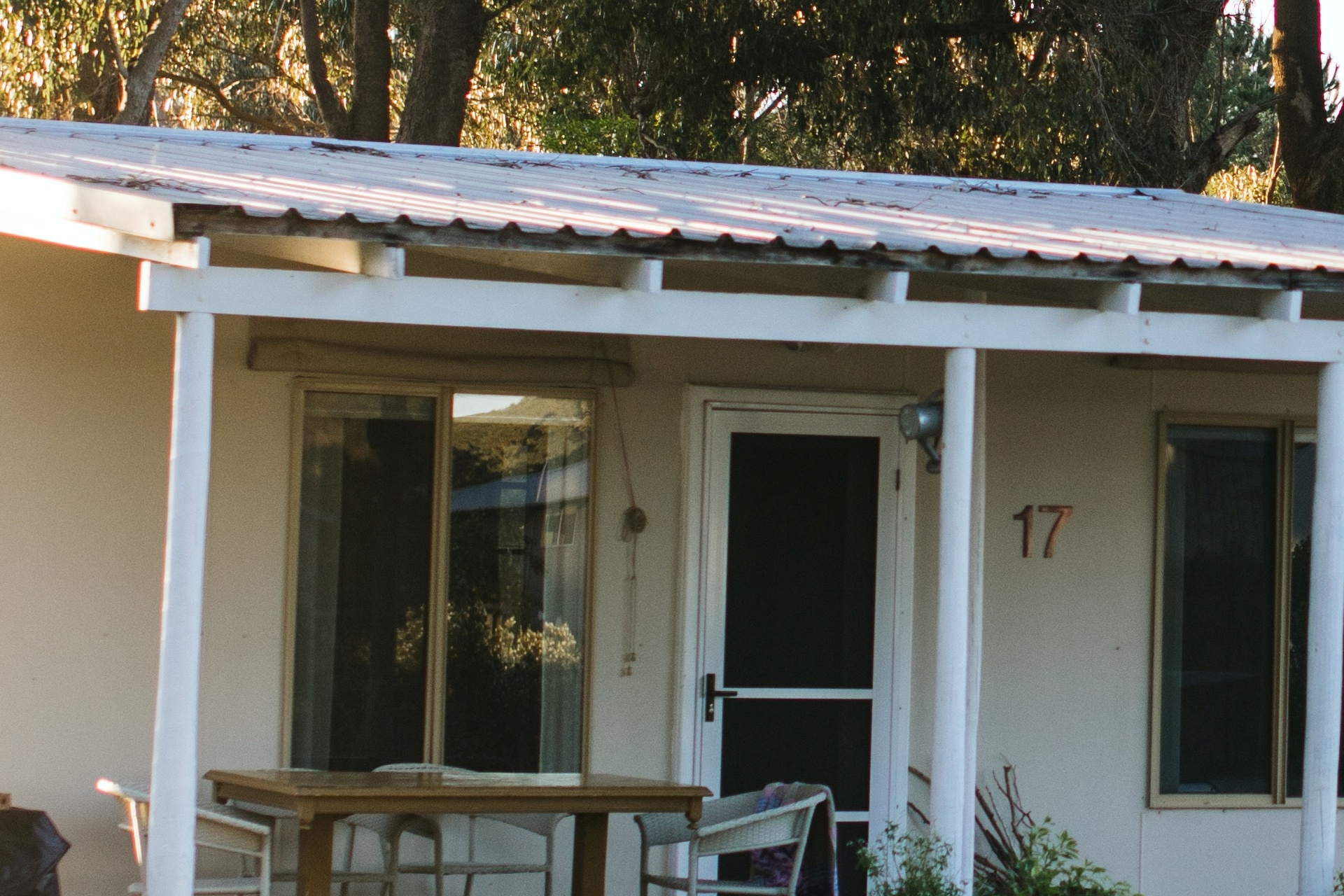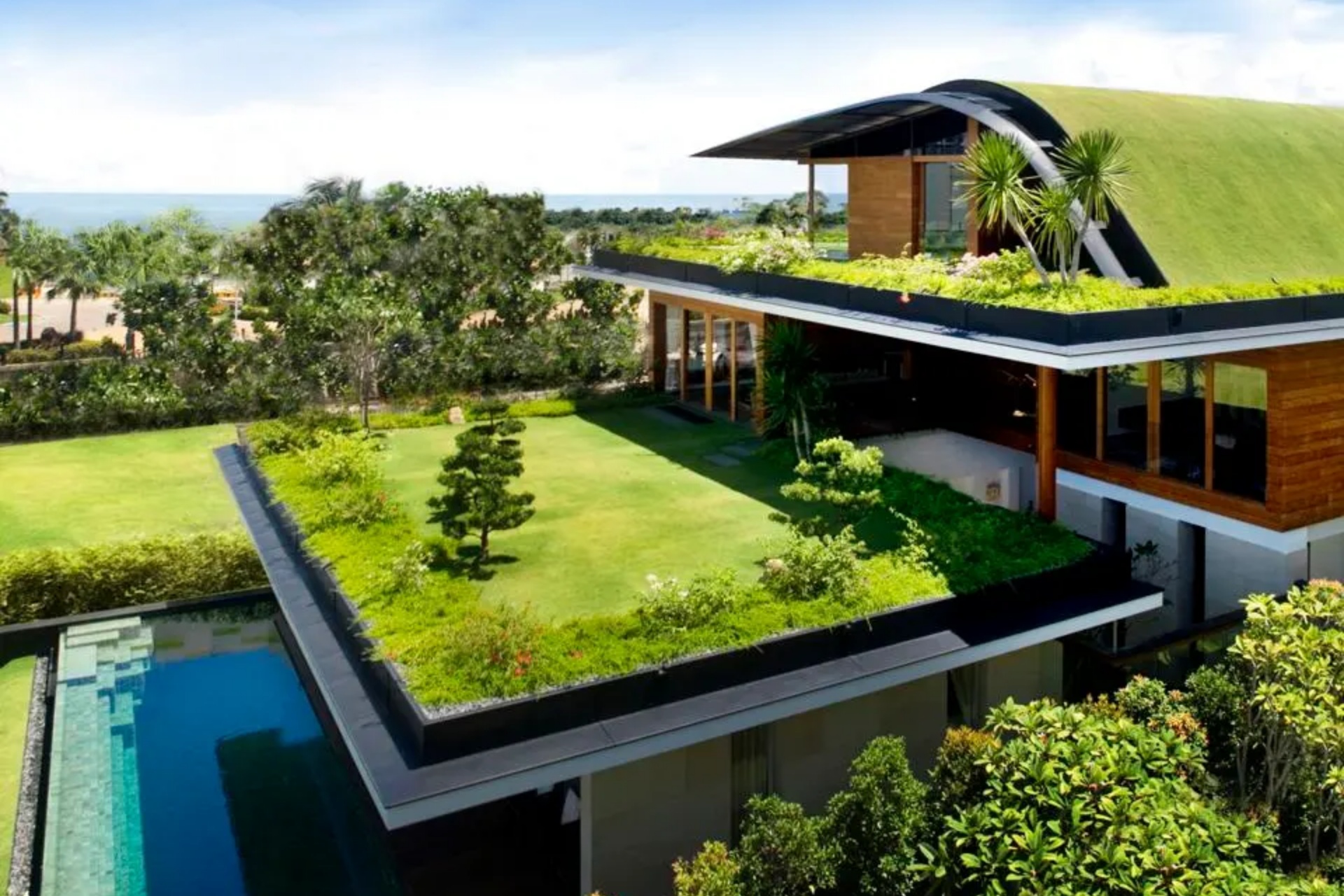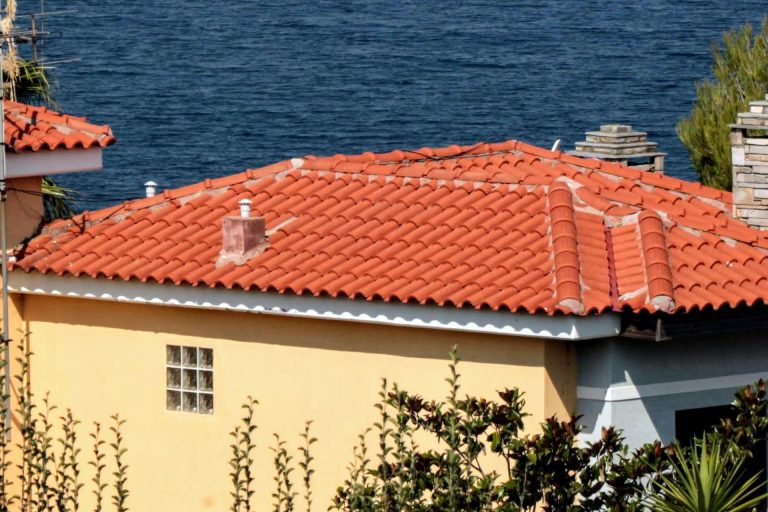The road to sustainability can start right on top of your home. More people are switching to eco-friendly roof materials to reduce their carbon footprint and get amazing benefits as well.
So, should you join this movement as well? We’re here to help you answer that question starting with some of the pros and cons of using sustainable materials.
Are Eco-Friendly Roofs Worth It?

Short answer?—Yes. Regardless of the material used, eco-friendly roofs help reduce your carbon footprint, save you energy, and even increase the overall value of your home.
But, to figure out if changing roofing materials is worth it for you, let’s consider some of the pros and cons of eco-friendly roofing:
Eco-Friendly Roof Pros
Here are the top benefits of having sustainable roofing materials:
- Energy Efficient: Eco-friendly materials tend to be better at keeping out heat from entering your home. This leads to cooler temperatures reducing the need for AC.
- Waste Reduction: Sustainable materials are built to last. In some cases, shingles can even be made of recycled materials.
- Better Protection Vs Harsh Weather: Roof materials like rubber made from old steel belted tires are better equipped to handle storms or hail.
- Helps Improve Aesthetics: Going for material like clay can give a home a classy and elegant historical feel to it, similar to homes during the Spanish era.
Eco-Friendly Roof Cons
Here are some of the disadvantages of sustainable roofing materials:
- More up-front costs: Roofing such as green roofs cost more upfront. In some cases, there need to be structural adjustments to handle the material used.
- Maintenance: Materials like clay can weigh heavier than standard asphalt shingles. This needs to be maintained and checked to ensure support structures can handle the load.
- Installation: Some eco-friendly roofing materials need specialists to install them properly. You could do it DIY but without experience, it’s better left to the professionals.
5 Eco-Friendly Roof Materials To Consider
There are several options for sustainable roofing. If you want to make the switch yourself, consider the following materials:
Clay Roof

Going for a classy and elegant look to your home?—Go for clay or slate tiles. The material is natural, durable, and can last up to a century when maintained properly. You’d often find red clay tiles, but, most manufacturers offer lighter-colored clay roofs for a cooler home.
Recycled Shingles

The most common shingles in the United States is asphalt. If this gets to a landfill, it can take centuries for it to decompose. Luckily, this can be recycled. Doing so provides the shingles with extra durability without added weight. Plus, it offers an authentic look focusing on sustainability.
Rubber Roofs

The materials commonly used for rubber roofing are recycled tires, sawdust, and slate dust. Sometimes, it’s coated with ground slate to add texture. It’s both eco-friendly and practical. In fact, it’s less prone to leaks compared to traditional shingles. And, it can last twice as long as asphalt shingles (over 50 years).
Cool Roof

Cool roofs are gaining popularity thanks to their sustainability, cost-effectiveness, and ability to help reflect the sun. The less heat penetrates the home, the less the need for air conditioning. Consider going for these roofs in areas exposed to strong heat and sunlight.
Green Roof

A green roof is probably the first thing that comes to mind when we say “eco-friendly” roofing. Think of a garden growing on top of your roof. This can lead to a lot of benefits and cons we need to consider.
Green Roof Pros:
- Better Drainage
- Longer Lifespan
- Improved Air Quality
Green Roof Cons:
- More expensive initial costs
- Increased Weight Load
- Requires specialized installation and maintenance
Key Takeaways
Going for a more sustainable lifestyle isn’t a fad—it’s a movement that we can make a huge impact on starting at our homes. If you want to join in by switching to more eco-friendly roofing materials, consider the following:
- Some sustainable roofing materials can cost more initially but pays off long term.
- Sustainable materials can last longer than traditional ones but need to be maintained.
- Green roofs need specialized professionals to have them installed and maintained.

